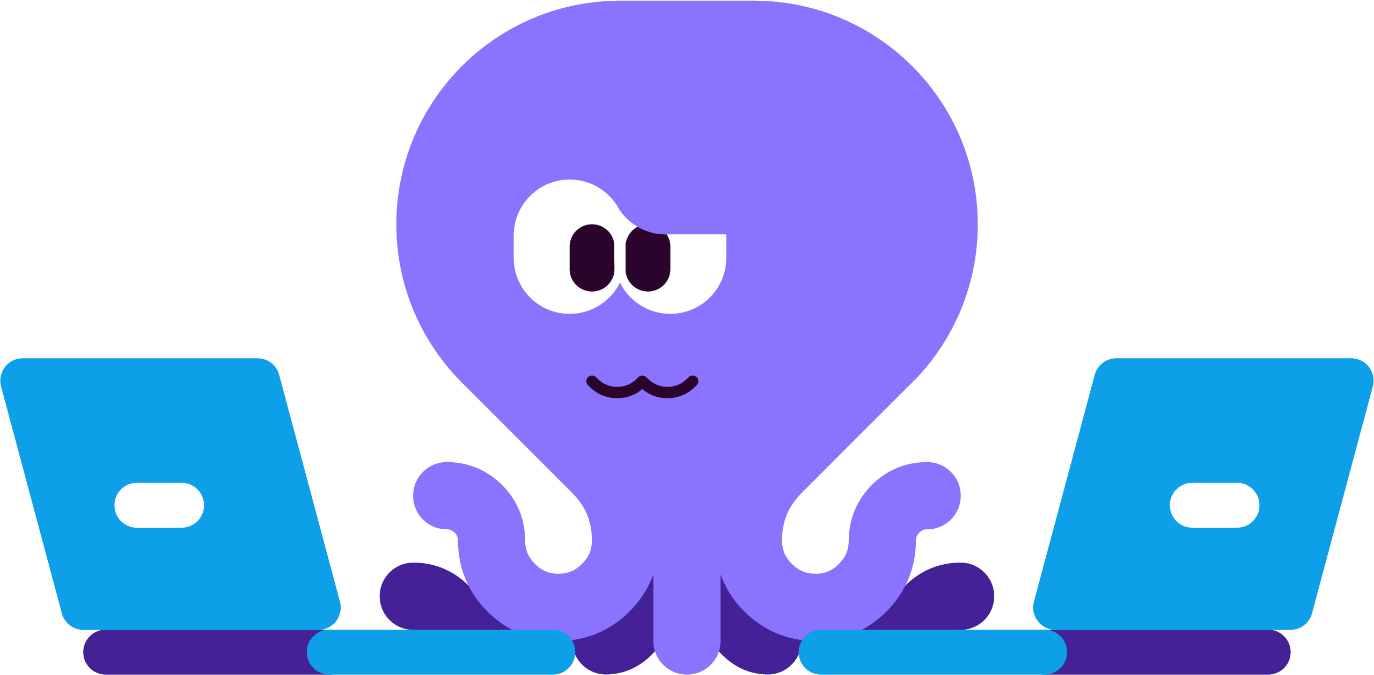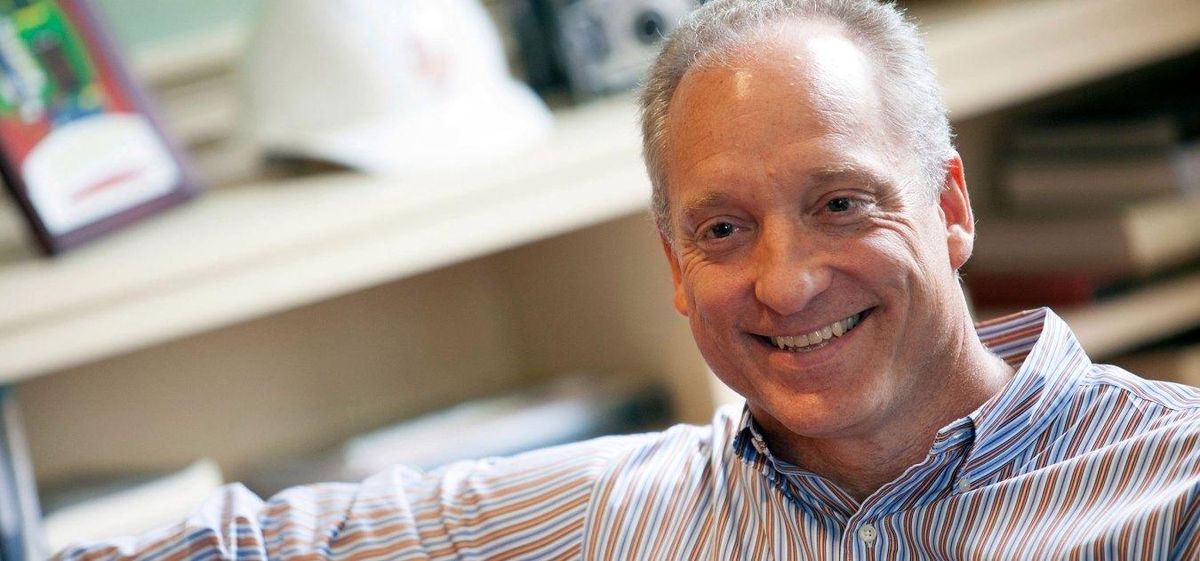Kira Learning’s mission to increase access to quality computer science (CS) and Artificial Intelligence (AI) education for students and tools for instructors led us to form a world-class group of advisors to offer expert counsel and support. When Harvard Professor Mike Smith joined this group, he immediately began contributing his experience in basing CS and AI learning in computational thinking and problem solving to help prepare Kira students to thrive in an increasingly digital world.
Professor Smith was actively involved in the launch of Harvard’s edX platform, which offers CS50X - a free online 12-week introductory course to CS and programming for students of various backgrounds and skill levels. Since 2012, David Malan’s CS50X has offered students around the world the chance to think critically and algorithmically to solve problems in multiple scenarios, increasing awareness of and comfortability with CS principles in everyday life. The in-person version of CS50X - CS50 - remains Harvard’s most attended class, and to date more than 2 million students have completed the course. Enrollment continues to increase each year.
We sat down with Professor Smith to get his take on how CS education needs to evolve, and why the challenge is worth the reward of more people equipped with foundational CS knowledge.
Q1: How do you think computer science should be taught?
To me, it’s about computational thinking and problem-solving. These skills are extremely important for everyone, not just coding. Identifying and deconstructing problems, then figuring out which aspects of those problems can be solved computationally and how – these are skills needed across disciplines. For example, my daughter is a biologist. Does she use computational thinking? Yes! Is she only a coder? No! To be a great biologist, she needs to work with computers. How do we make sure the education we’re offering is applicable, motivating and taught well for people like her? I think that's the question CS education needs to address more broadly.
Q2: How is computer science education changing – and how does it need to change?
In many ways, today’s computer science classes are the same ones we took 45 years ago. For example, most introductory courses are very syntax-focused - they’re about the rules you need to know in order to express something in a particular coding language.
We need to move beyond that and into a wholly different way of approaching how we teach computer science. Instead of just putting a piece of code in front of students, we need to help them get excited about figuring out how to get a computer to work at solving a problem step-by-step. Then they can translate that understanding into the syntax of a particular programming language. We need to teach students how to code as though they were writing stories or incisive research papers, not grammar books.
This is why in my class CS50: Intro to Computer Science, we focus on computational thinking, problem-solving, and real-world applications first and foremost.
Q3: That sounds challenging. How do you do it?
It is challenging, but also fun and interesting! I’m asking both teachers and students to embrace a lot of ideas at the same time, and that can lead to cognitive overload. But it's very doable. The important thing is to start with a simple foundation and have the students actively try new things. If the active work challenges the students to reach just beyond their current foundation, we can successfully build in them a solid and continually expanding foundation.
I spend a lot of time demonstrating failure modes. How do we recover when things aren’t working? We can’t be afraid to fail. In computer science it happens constantly. I encourage students to test, test, test - and even to use other people’s bits of code to see what works and what doesn't. I’m a big believer in using online resources, because that's what coders do in the real world! In my classes we scaffold things all over the place.
Q4: How has computer science become a part of everyday life?
It’s a good question because that might not be evident to people who are relying on machines to help them every day.
Of course, all of this raises new questions and concerns about ethics, responsibility, and accountability. That’s another reason why computer science education is important for us all. I teach a class on critical thinking and data science that is in essence really an ethics class.
Here are a few examples of computer science you may encounter in your everyday life.
- During the pandemic, a lot of restaurants wanted to make things safer for their staff and guests by limiting the need for physical contact. A couple of ways to do that are to eliminate the need for a physical menu that gets handed back and forth and to come up with touch-less payment options. Computers have solved both problems by using QR codes on smartphones to connect guests with online menus, and by deploying online payment tools such as PayPal and Apple Pay.
- These days, most of us are shopping online at least as often as we’re doing it in person. Part of the reason for that is that machines make it so much easier for us to find what we want. Maybe we’re using an online search engine to find a pair of gloves, and then we’re using a retail tool like Amazon to serve up a specific size, color, and brand. Then the shopping site goes further and recommends other relevant products, based on our selection. Voila – now we have a new scarf that we didn’t know we needed!
- Every time we pick up our smartphone, we’re asking it to solve problems for us. First, it needs to know that when we initially touch the screen - that’s a signal for it to “wake up.” Then we might ask it to find specific contact information or an app for us, or call a phone number based on where we put our fingers on the glass. The list is endless.
Q5: What makes you optimistic about the future?
It’s exciting to see growing interest and enthusiasm for CS among teachers, students, families, and entrepreneurs. This is why companies like Kira Learning inspire me. Kira’s focus on making CS essential learning fun, accessible, and not intimidating for both teachers and students – especially those who might not be initially drawn to the topics – really resonates with me. I’m especially excited about Kira’s focus on the K-12 space, as this is a realm I have less experience with but want to learn more about. Despite the massive challenges, good progress is being made because really smart, caring people are working hard to make things better. I can’t wait to see where we are a year or two from now.


